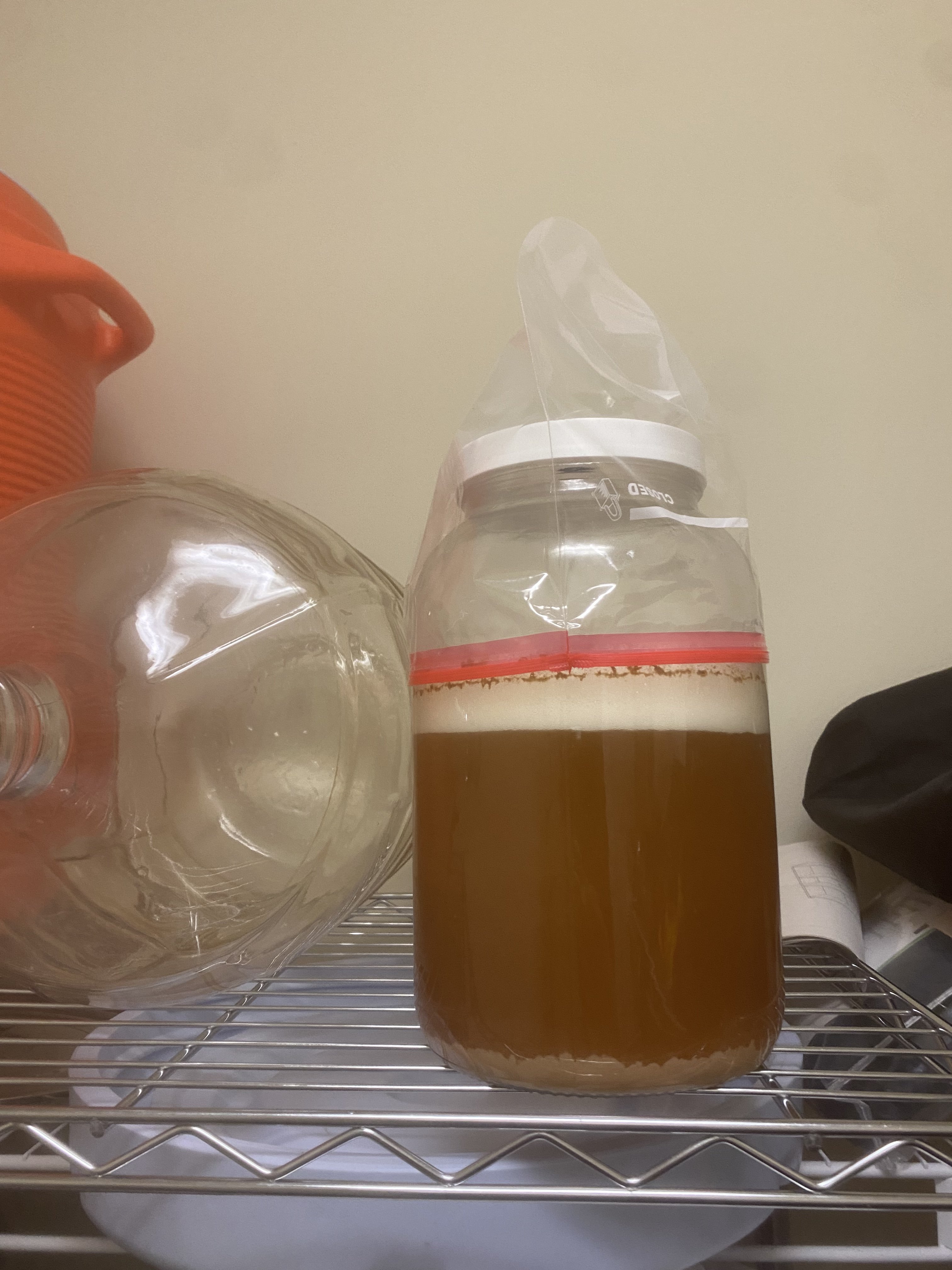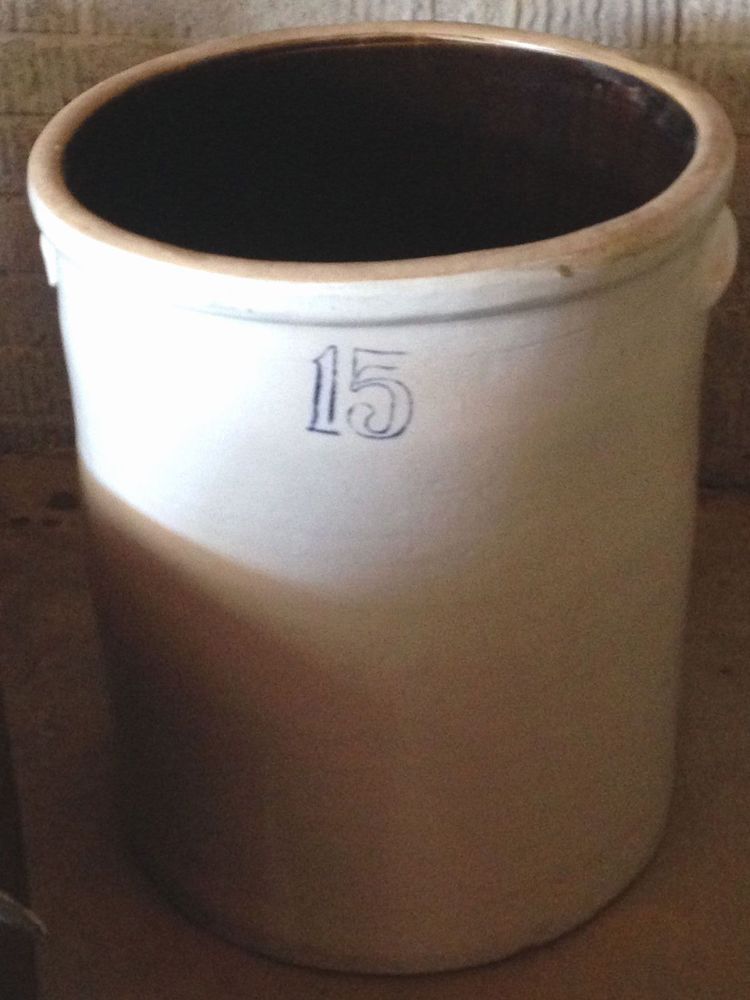FoodScienceBrewer
Member
I would like to know what you all think about a small open fermentation I am attempting with this Hefeweizen I brewed yesterday.
I ended up with around 4 gallons and put the bulk of it in my plastic 5 gallon bucket fermentor with an airlock. This jar has no airlock and a ziplock bag over the top (not airtight) to prevent dust/flies from entering.

I’m curious if anyone has any predictions for how the two batches will differ (if at all). I am aware that reduced pressure on the yeast can allow a faster fermentation as well as producing more aroma/flavor compounds (banana and clove). I’m also aware the surface area of typical open fermentors is larger to allow more undesired compounds to leave. This is all I had to work with. I could remove the lid entirely but I am worried about contaminants. Any and all advice welcome
I ended up with around 4 gallons and put the bulk of it in my plastic 5 gallon bucket fermentor with an airlock. This jar has no airlock and a ziplock bag over the top (not airtight) to prevent dust/flies from entering.

I’m curious if anyone has any predictions for how the two batches will differ (if at all). I am aware that reduced pressure on the yeast can allow a faster fermentation as well as producing more aroma/flavor compounds (banana and clove). I’m also aware the surface area of typical open fermentors is larger to allow more undesired compounds to leave. This is all I had to work with. I could remove the lid entirely but I am worried about contaminants. Any and all advice welcome






